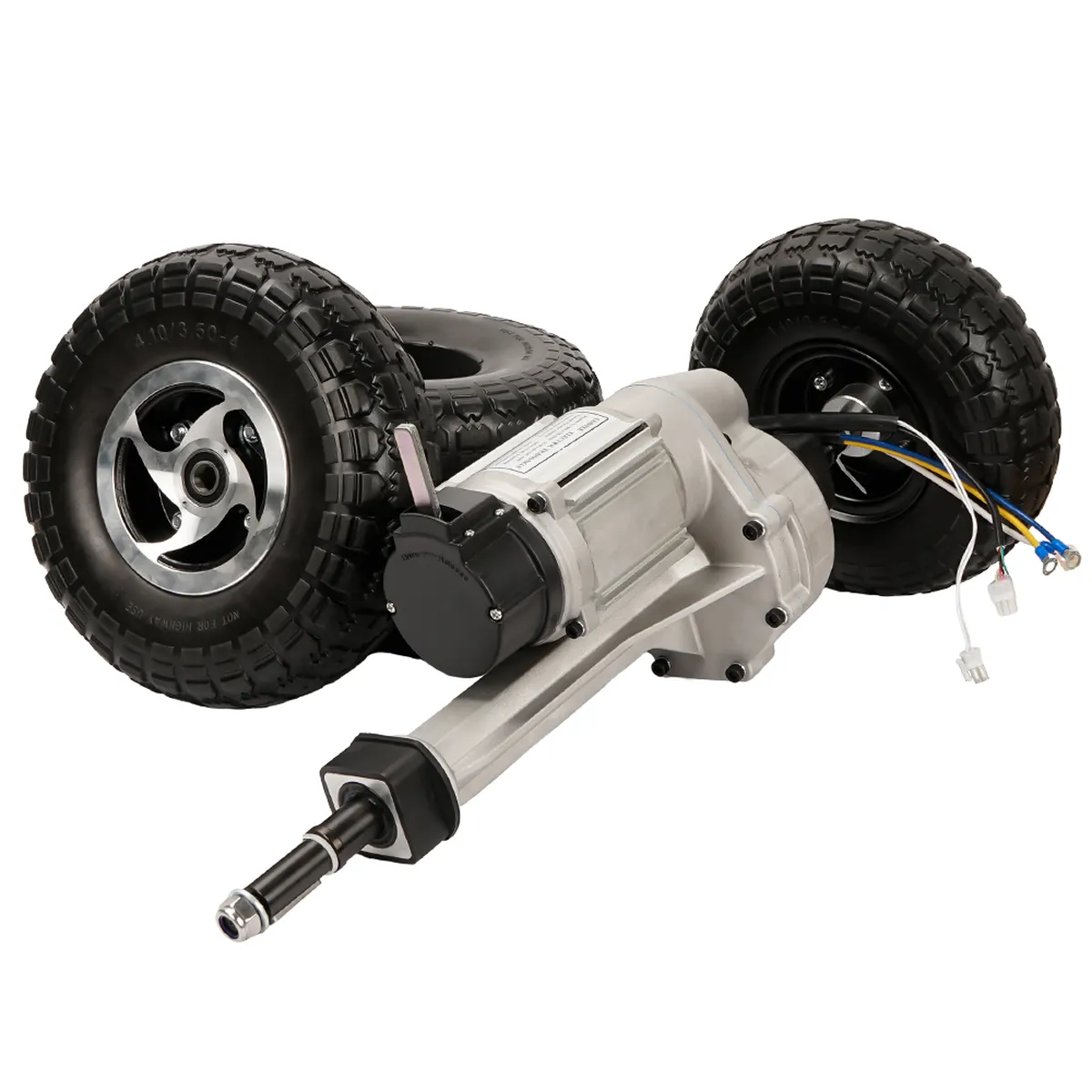As an essential component of a vehicle's power transmission system, the rear axle plays a crucial role in driving safety, stability, and handling. This article will examine the structure, function, and significance of the rear axle.
The rear axle is part of the drivetrain that transmits engine power to the rear wheels. It typically consists of a drive shaft, differential, half shafts, and hubs. In rear-wheel drive vehicles, the rear axle delivers power to the wheels through the differential. In four-wheel drive models, it intelligently distributes torque between wheels for better traction.
The rear axle design also impacts the vehicle's weight distribution and center of gravity, affecting stability and steering. A properly engineered rear axle enhances handling and reduces rollover risk.
For off-road vehicles, a robust rear axle provides reliable traction on rough terrain. In trucks and commercial vehicles, rear axle load capacity and durability are critical for transporting heavy cargo safely and efficiently.
Proper maintenance of the rear axle components like universal joints and wheel bearings is essential for preventing failures and accidents. Understanding the rear axle function helps owners make informed repair decisions and ensure roadworthiness.
As a vital drivetrain component, the rear axle has a major influence on vehicle performance, handling, and safety across applications from passenger cars to off-road trucks. Careful rear axle design, manufacturing quality, and maintenance are key to driving reliability.
Leave A Comment